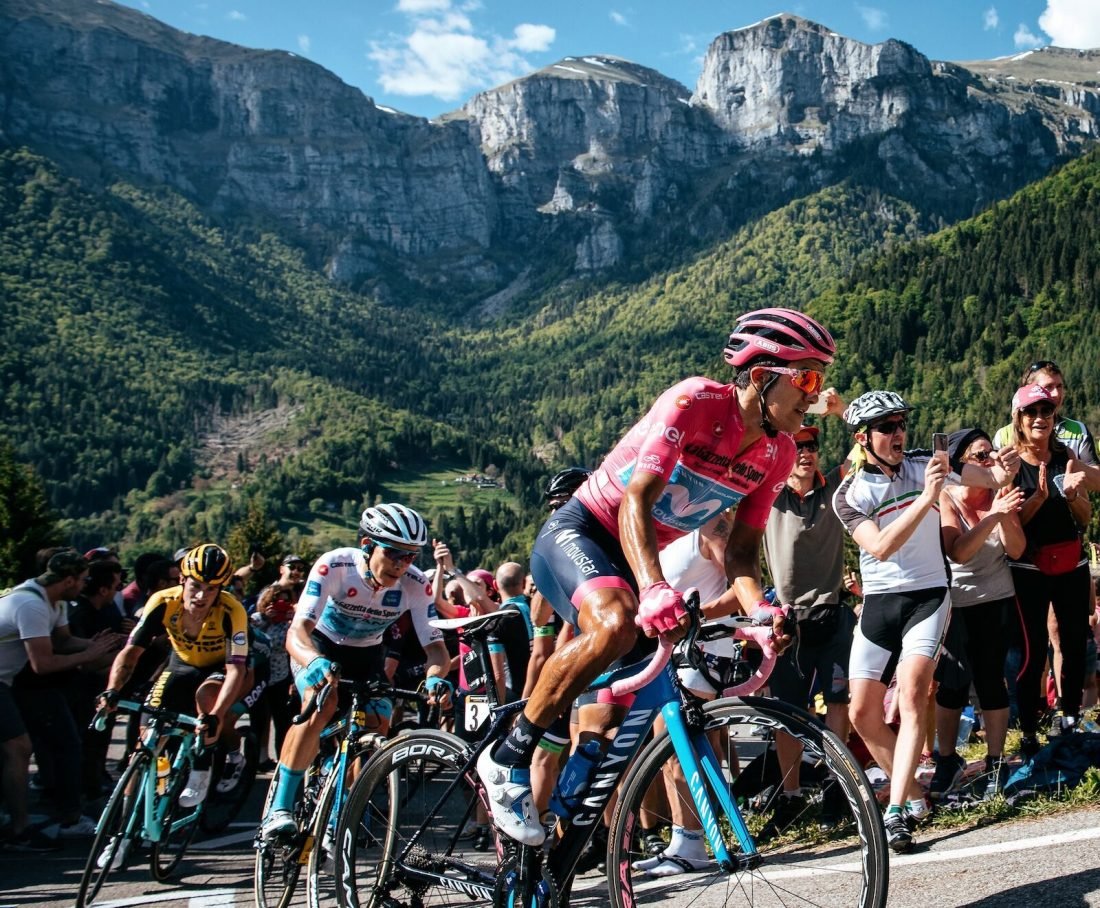Sports Branding in the Digital Age
Three Ways Sports Brands Can Market Like it’s 2019
Over the last 20 years, the world has fully shifted from the old, industrial economy to the new information age. The brands that will win in the next 10-20 years are those that understand how to build businesses in this new, digital era. Working with Nike, Red Bull, lululemon, Ironman Triathlon, and other brands, I’ve learned a lot about what it takes to succeed in today’s digital-focused world. Almost every client of mine is battling the same issues.
Here’s how sports brands can achieve success in the digital age:
- Make a great, and differentiated, product. With the transparency created by the internet, one can no longer separate the product and the marketing. In the old days of advertising that I was raised in, a brand could hire a great ad agency and create a clever campaign to sell a mediocre product. Those days are long gone, and strong product reviews on Amazon are often more powerful than any advertisement. There is no substitute for a great product.
Example: My client Canyon Bicycles is the world’s only large direct-to-consumer bicycle brand. They offer beautiful, high-end bikes in the road, mountain, gravel, and triathlon categories. While other brands like Trek and Specialized also offer nice bikes, you have to buy them through a shop. Canyon differentiates itself through purchase experience (online), pricing (less expensive), and mission (accessible cycling).

- Build a business based on purpose and mission. The way to build a passionate tribe around a brand is by connecting with customers on shared values, not a price point or product feature. While a competitor can copy your product or match a price, nobody can take away customers who care deeply about your values. Think of building relationships instead of brands, and don’t try to be all things to all customers. A business is much stronger when it has a smaller group of loyal fans than a large group of customers with no connection to the brand.
EXAMPLE: When I was the CMO at the Los Angeles Marathon, we rebuilt our entire business on a new mission statement: We inspire athletes and connect communities. Whether it was meeting with local governments, signing up new brand partners, or connecting with dozens of churches along our route, we always led with these values. And we filtered every decision through this mission. Customers, brands, and the community-at-large were immediately able to understand who we were. Based on this new mission, we completely redesigned the marathon route to traverse the entire city and showcase many tourist destinations in LA: Hollywood Boulevard, Sunset Strip, Rodeo Drive, and the Santa Monica Pier. The tagline we created was A Landmark Every Mile. Both the product and the marketing were based on the mission statement.

- Own your story and create content that brings value to your users. Lots of sports marketing revolves around partnership and sponsorship: athletes, events, teams, and brands are all part of this ecosystem. The mistake I see brands make often is that they depend on partners, athletes, and events to create content. Let’s say a footwear brand sponsors a running event. That brand should create its own content around the event and not leave it to the event to tell brand stories. Content creation is a mission critical skill for brands now, and it’s important for the brand to control their own storytelling so it serves their own business objectives.
EXAMPLE: My work for lululemon involves building authentic connections between the brand and the Los Angeles running community. Rather than create ads, we build experiences and relationships. One brand activation involved partnering with high profile LA-based artists to create running-related art installations around downtown Los Angeles. We then set up a 4-mile running route to connect the installations and had almost 1,000 runners show up for a midnight run to see the art in person. This was a great way for lululemon to connect directly with their community in a way that was memorable, fun, and on brand.







